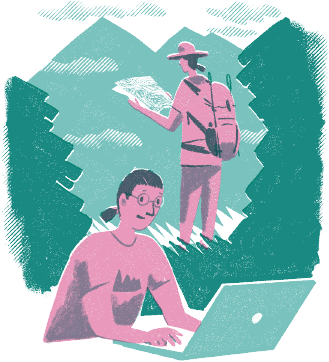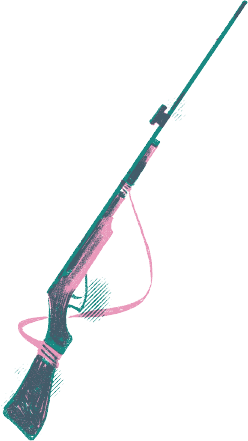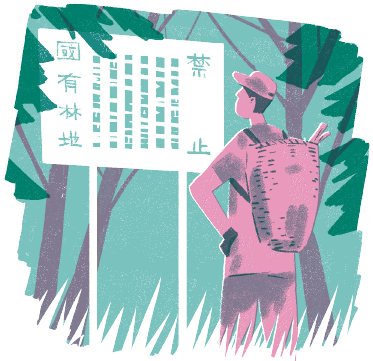Inevitably, it has become extremely difficult for modern people to return to the traditional way of life. Various factors such as reliance on the Internet, inescapable use of plastic products, and the idea of resorting to consumption as a means of solutions, have resulted in an irreparable estrangement between humans and nature while we’re seeking to approach the mountains. Since it’s impossible to break free from the confinement of new technology and ideas, why not just embrace them and see what they have to offer modern hikers in response to the change of the times?

What kinds of gear is a must-have for newbie hikers? Have you checked the Internet for a lazy guide to hiking? Is everything okay with the schedule? Since it can be very dangerous up in the mountains, you must get well-prepared.
Compared with other sports, the risk is higher for hiking due to the rapidly changing weather conditions and the many uncertainties in the mountains. It is easy for young people, who rely heavily on modern technologies wherever they go, to unknowingly expose themselves to a dangerous situation without making adequate preparations beforehand. Therefore, people nowadays prefer to refer to other people’s experiences shared online as guidance for selecting and arranging itineraries that best suit their conditions. Only when they are fully equipped with the necessary gear and a good knowledge of the terrain and topography of the destination can they make a safe and enjoyable hiking trip.


In the past, the expansion of capitalism and invasion of foreign cultures have forced indigenous peoples to leave their homeland and therefore lose connection to their cultures. Today, with a growing sense of indigenous consciousness, contemporary indigenous youths are returning home in search of their own roots, seeking to re-establish their cultural identity and gain an understanding of their origins.
Yet, the problem is that the self-sufficient lifestyle in the old days can no longer fit the needs of modern society, and indigenous communities have to develop industries to ensure the livelihood of residents so that more youths will be drawn back to put down roots. Given this, some communities have seen a trend of young people returning home to promote cultural industries and tourism. They aim to create sustained economic value for their villages by tapping into the special characteristics of the locality while revitalizing the communities at the same time.
On the other hand, given that most of the contemporary indigenous youths have fallen victims to the discontinuity of their mother cultures, to prevent younger generations from suffering the same plight, those who are capable enough would take the initiative to promote cultural revitalization. The goal is twofold: to preserve the spirit of traditional culture and enable the next generation to cultivate self-identity.


Back in the 17th century, firearms were brought into Taiwan with the arrival of Western powers. Some of the indigenous peoples acquired guns by trade, while some others took them as trophies from armed conflicts with the Non-indigenous. Since the Western firearms, compared to traditional weapons such as machetes, spears, and bows and arrows, were more offensive, they gradually became an important tool for hunting and served as a powerful weapon in armed conflicts (mainly used for hunting). Hence, long before the Japanese colonial era, firearms had been widely used by Taiwan’s indigenous communities. Later, in order to impose an effective rule over the “savage territory” and keep the indigenous under control, the Taiwan Governor General’s Office during Japanese rule forcibly confiscated firearms from all the indigenous communities. After the retrocession of Taiwan, a similar attitude was adopted by the following Nationalist government and Taiwan administrations by imposing numerous restrictions on indigenous people’s use of shotguns.


As interactions between different ethnic groups become more frequent, the integration and conflicts of cultures are inevitable. The early Taiwan legal system was built based on the “Non-indigenous-oriented” and “Western-oriented” cultures without taking into consideration the living habits and tribal traditions of indigenous peoples. This has led to many of their customary activities or practices being considered violations of the law and ended up in punishment by the government. Things taken for granted for the indigenous like hunting, land use, logging, and harvesting of natural resources, have become a crime under Taiwan’s legal system.
Fortunately, our country and its people are beginning to show more understanding and respect for indigenous groups and seek to create a more friendly environment by breaking the stereotypes and existing models in terms of the legal system as well as modes of interaction and communication. The change may not achieve immediate results, but we’re certainly making progress steadily.





